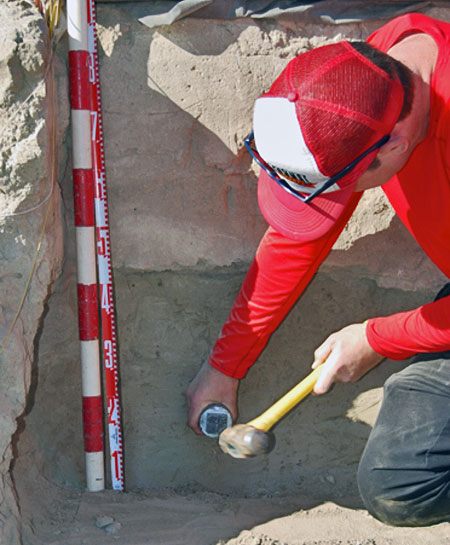Geology is the study of the dynamics and physical history of the earth, the rocks of which it is composed, and the physical, chemical, and biological changes that the earth has undergone or is undergoing.
Geologic research at the site supports understanding the physical and historic context of mammoth and other fossils found at the site, and in recreating the paleoecology before, during, and after these creatures lived.
This site provides a unique opportunity to gather evidence on the number, timing, and age of the largest Ice Age floods that swept across eastern Washington.
Primary objectives are to:
1) contribute to the scientific community’s understanding of the geologic history of southeastern Washington,
2) apply new tools and technologies to furthering this understanding, and
3) promote the development of the next generation of earth scientists.
This research contributes hard evidence, data, and scientific analysis for testing long-standing geologic hypotheses while at the same time providing real-world training for our next generation of earth scientists.
Geologic research has included:
Stratigraphic logging and mapping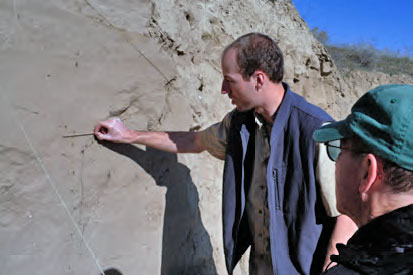
(photo by Aaron Last, 2011)
Magnetic susceptibility analyses (both in situ and laboratory analyses)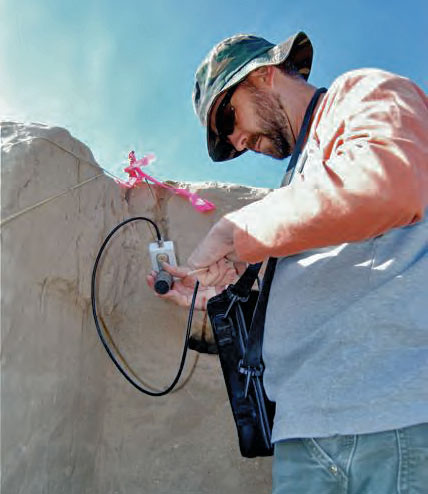
Lithic analysis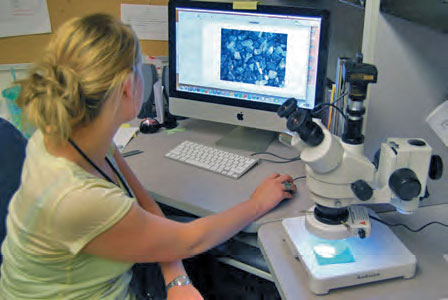
X-ray fluorescence (both in situ and laboratory analyses)
Particle-size analysis (including hydrometer and laser diffraction analysis)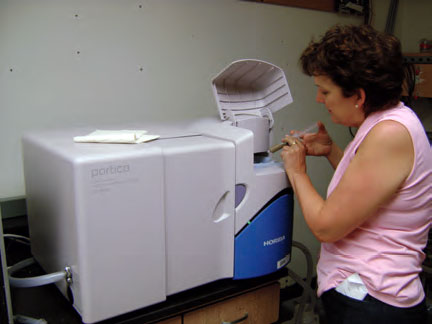
CaCO3 content analysis
Stable isotope analyses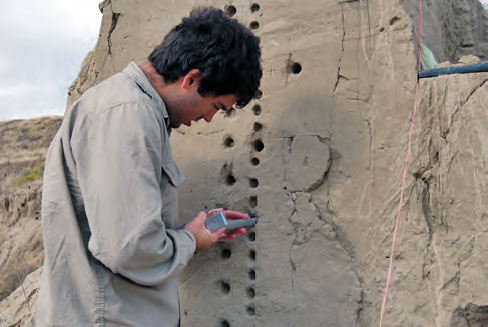
Optically stimulated luminescence (OSL) analyses (by Utah State University)